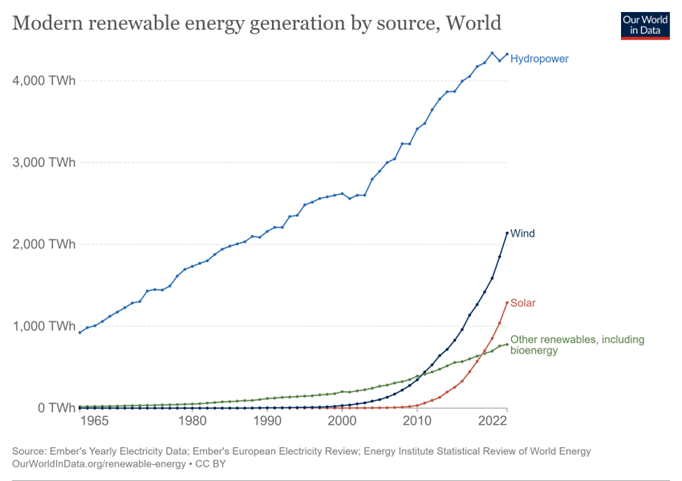A Look At Energy
Why Is It So Important and Is It Really That Complicated?
Energy Forms and Energy Sources
Plastics and polymers, crude oil and emissions, energy sources – renewable and nonrenewable – all this can be confusing. We use energy every day in tasks like cooking or turning on lights, freezing our food and making ice. Planes, trains, automobiles, and boats use energy. People walk, bike, run, cut grass, play soccer, baseball, and all these activities require energy. When dieting people are very conscious of their food intake, which supplies their energy. But seldom does anyone turn on lights in their home and wonder how the energy is supplied for the power. Seldom do we cook and think about energy use. We drive cars and we know gasoline is necessary to operate, or more recently electric alternatives, but rarely do we consider all the details beyond pumping the gas.
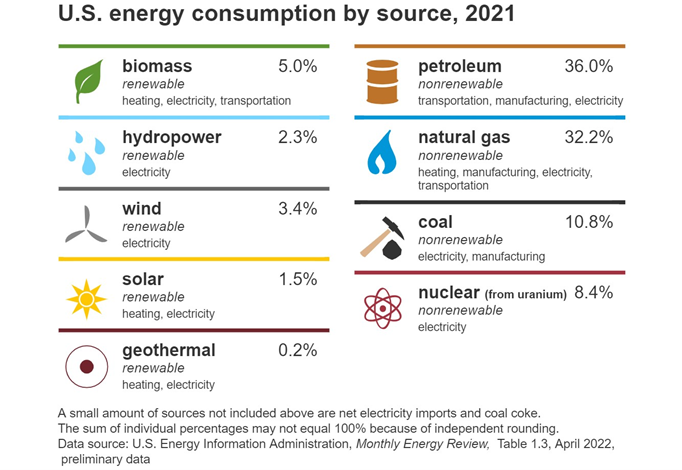
All these examples demonstrate how the current energy “crisis” or climate concerns extends well beyond the world of plastics. It is too easy to condemn plastics because of the visual nature of plastic items. But when considering climate change troubles, it’s time to look in the mirror. As individuals, are we doing enough to reduce unnecessary use of energy? Of course, individual managing alone won’t solve the problem, but it is very much worth initiating efforts in our own environments.
Who are the other responsible participants in efforts to fight climate change? To answer this question, let’s walk down the road (yes, use energy) and look at forms of energy and energy sources. There are many forms of energy.
FORMS OF ENERGY
- Heat
- Light
- Motion
- Electrical
- Chemical
- Gravitational
These forms of energy are grouped into two general types:
- Potential or stored energy
- Chemical energy – stored atoms and molecules like petroleum, natural gas, coal, and biomass
- Mechanical energy – stored by tension such as a rubberband
- Nuclear energy – stored in the nucleus of an atom, it holds the nucleus together. Energy is released when nuclei are combined or split.
- Gravitational energy – the higher and heavier an object, the greater amount of energy is stored (riding a bike down a steep hill, gravitational energy converts to motion energy)
- Kinetic or working (motion) energy
- Radiant energy – sunshine and light, x-rays and radio waves
- Thermal energy – heat, the movement of atoms and molecules
- Motion energy – such as wind. The faster movements generate greater stored energy.
- Sound – sound waves moving through substances, creating vibrations
- Electrical energy – Lightning is a natural example, but charged electrons produce energy
 Energy can be converted from one form to another. You eat food that contains chemical energy, it is stored until used as kinetic energy as you move about your task. Likewise, stored chemical energy in coal or natural gas can be converted to electrical energy, which converts to light and heat. Kinetic energy of flowing waters is converted to electrical energy as well.
Energy can be converted from one form to another. You eat food that contains chemical energy, it is stored until used as kinetic energy as you move about your task. Likewise, stored chemical energy in coal or natural gas can be converted to electrical energy, which converts to light and heat. Kinetic energy of flowing waters is converted to electrical energy as well.
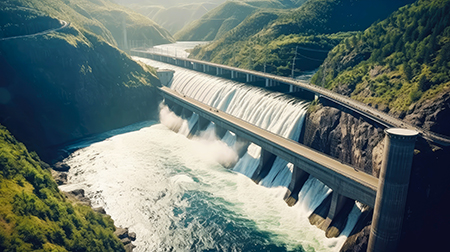
SOURCES OF ENERGY
- Nonrenewable energy sources
- Petroleum
- Hydrocarbon gas liquids
- Natural gas
- Coal
- Nuclear energy
- Renewable energy sources (5 major types)
- Solar
- Geothermal (geo = earth, thermal = heat, heat from the earth)
- Wind
- Biomass (from plants)
- Hydropower (flowing waters)
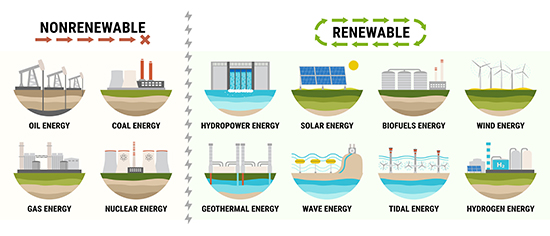
Nonrenewable energy sources are named because their supply is limited, not replenished. They are typically mined from underground, and this can continue for years, but the source is not replenished. Uranium is found in the earth’s crust and is used to produce nuclear energy. However, extraction difficulties and costs prevent this from being a dominant source.
We now strive for greater use of renewable energies to reduce or replace usage of nonrenewable energies. Ironically, renewable energies were the original energy sources. In early elementary years we are taught the lesson about rubbing twigs together to create a spark and fire. You might also recall television comedies demonstrating this tactic (perhaps illustrating, in a silly way, the complexity of the act). Although I’ve never witnessed the creation of fire, it was mankind’s first great energy invention, and wood was the primary fuel source for a very long time.
The chart below makes it clear that our current primary source of energy is fossil fuels. Even though history reports oil usage as far back as 3000 BC, the increasing discoveries in resources and usages began in the mid-1800’s and expanded rapidly in conjunction with the mass production of automobiles in the early 1900’s.
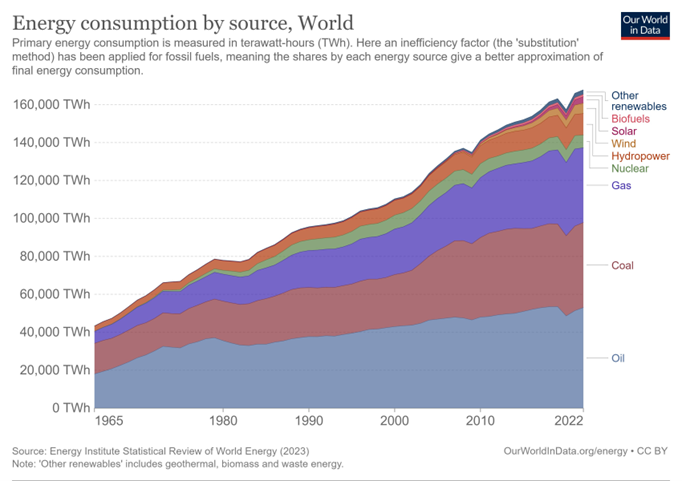
There’s the irony. We created a fuel that we exploited and only now are we feeling pressure to stop the exploitation for the good of mankind! That’s quite a task and while individuals can take steps to help solve the problem, this is bigger than any one individual. This takes organizations, governments, countries, and world-wide commitments. The good news is the trend in renewable energy production is growing world-wide. As shown in the chart below, hydropower is the most employed method, but the upswing over the past 10+ years in wind, solar and others indicates greater interest. As we’ve learned from other articles in this series, this takes time and money, which corelates to big business. As individuals come together, they can be effective in compelling businesses to join forces for the sake of all humanity.
